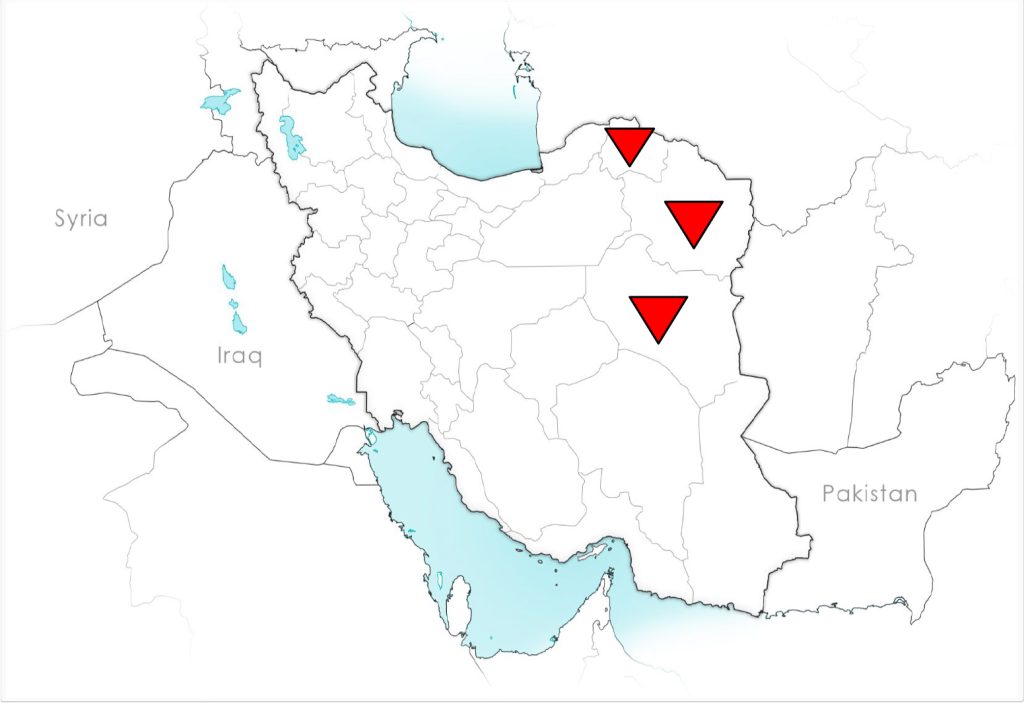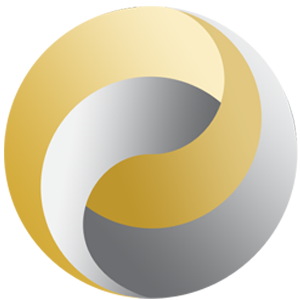
Saffron is one of the valuable and famous products of Iran, widely used in cooking, medicine, perfumery, and coloring. Saffron is a small, perennial plant with purple flowers and red stigmas. The red stigmas are the parts known as saffron. Harvesting saffron involves separating these stigmas from the flowers and drying them. This meticulous and time-consuming process is usually done by hand, making saffron one of the most expensive spices globally.
Generally, four types of saffron can be identified in Iran:
- Sargol Saffron: This type includes red stigmas and some yellow parts. While it has good color and flavor, its quality is lower than other types.
- Pushal Saffron: This type has more yellow parts along with red stigmas. It has a higher color and flavor quality compared to Sargol, but still lower than the next two types.
- Dastei Saffron: This type consists of red stigmas and fewer yellow parts. It boasts high color and flavor quality, superior to the previous two types.
- Negin Saffron: This type includes only red stigmas without any yellow parts. It has very high color and flavor quality, making it the most expensive and superior type of saffron.
Most saffron in Iran is cultivated in the provinces of Khorasan Razavi, Khorasan South, and Khorasan North, known as the heart of Iranian saffron. Some notable cities in these provinces involved in saffron production include Qaen, Birjand, Tabas, Ferdows, Gonabad, Torbat-e Jam, Torbat-e Heydarieh, Mashhad, Neyshabur, Sabzevar, and Bojnourd. Although saffron is also grown in other provinces such as Isfahan, Fars, Kerman, Markazi, Semnan, and Yazd, their production is comparatively lower.
The saffron harvesting season in Iran generally spans from late Mehr month to late Aban month, corresponding to late October to late November in the Gregorian calendar. During this period, farmers go to their fields from 5 am to 10 am to harvest saffron flowers. Afterward, they separate the saffron stigmas from the flowers and dry them in dark and dry places to preserve their color and flavor.
The pricing of saffron is influenced by various factors, including type, quality, size, packaging, market demand, exchange rates, transportation costs, customs, and weather conditions. On average, the price of Iranian saffron in 1400 (Iranian calendar) ranged between 300,000 to 600,000 Iranian Tomans per kilogram, equivalent to 14 to 28 dollars per gram. However, these prices may vary in different domestic and international markets. For instance, in 2021, the global market saw saffron prices between 1,500 to 2,500 dollars per kilogram. This price fluctuation can be attributed to the absence of a global pricing reference for saffron, packaging type, quality, and market demand.
In general, saffron prices are higher in international markets compared to domestic markets, presenting an opportunity for saffron exporters. However, challenges such as sanctions, competition with other countries, international standards, and the needs of destination markets need to be addressed. Currency exchange rate fluctuations also impact saffron prices, with an increase in the dollar rate leading to higher prices for international buyers and a decrease benefiting domestic sellers. Therefore, predicting saffron prices requires consideration of all these factors.
The packaging for saffron exports depends on the type and quantity of saffron. Typically, saffron is packaged in various weights ranging from 1 gram to 5 kilograms. Different packaging types include plastic bags, cardboard boxes, wooden boxes, metal or plastic cans, glass or metal jars. To preserve the quality and flavor of saffron, vacuum packaging can be used, removing the air from the package and keeping the saffron fresh.

